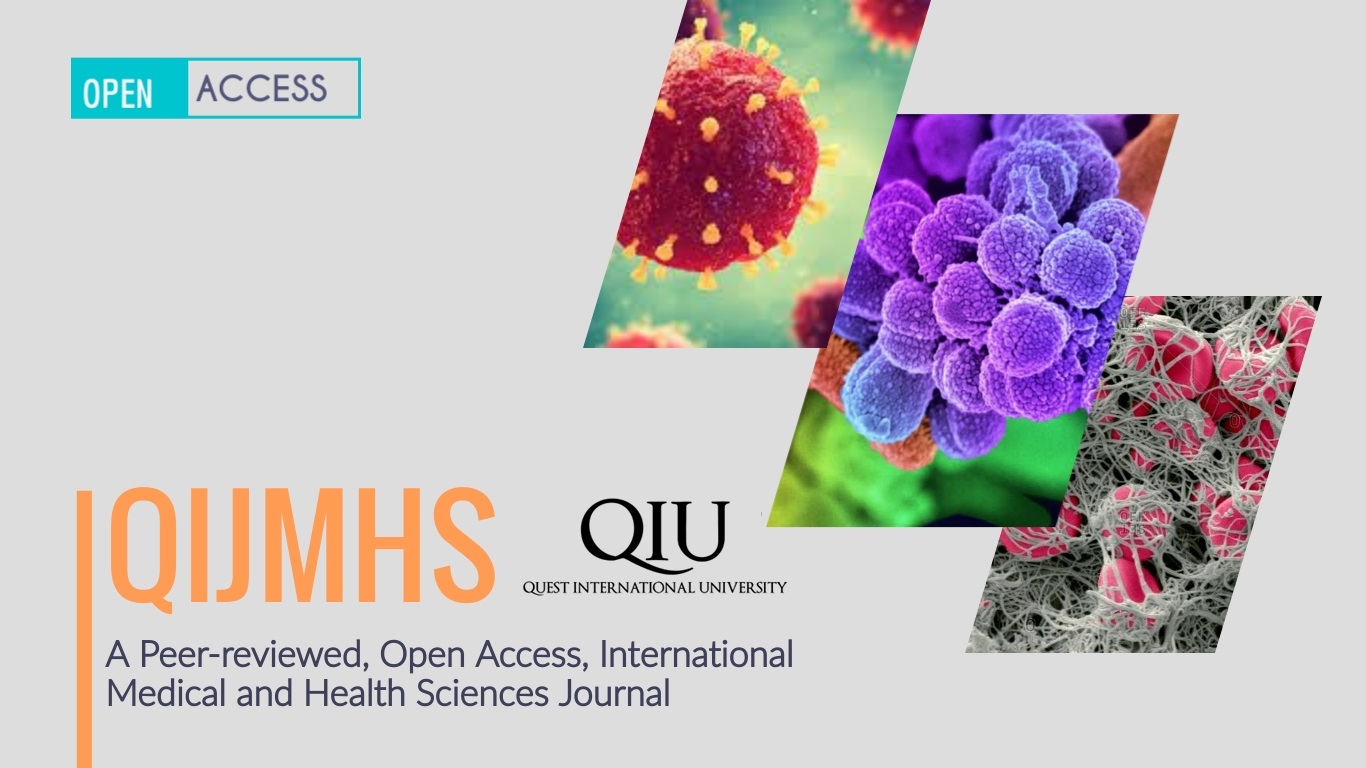What really is Hybrid Problem-Based Learning Curriculum? A review
Abstract
The elusive definition of PBL as an educational concept, dissatisfaction with variable methods of its implementation, perceived lack of depth of knowledge in basic sciences of PBL students and the ease, familiarity and economical teaching through large group teaching formats such as lectures has given birth to “Hybrid Problem-based Learning” (hPBL) curriculum.
The idea of hPBL has attracted many educationists and medical schools. The hPBL curriculum can be identified with various aspects of a true PBL such as the SPICES model of the range of educational strategies and concept of PBL as a continuum rather than one immutable process. However, the definition of hPBL is equally vague and there are a vast number of variations in its comprehension and implementation.
In this article we have attempted to determine (a) what really is hPBL curriculum and how does it differ from the “pure PBL” curriculum (b) why institutions felt the need for a hPBL curriculum? Using the hPBL curriculum of Faculties of Medicine at Universiti Teknologi MARA and Quest International University Perak, Malaysia as an example we have elaborated the different aspects and effects of this approach on teaching and learning. Finally, we have formulated a comprehensive definition of hPBL curriculum.
Copyright (c) 2018 Authors

This work is licensed under a Creative Commons Attribution 4.0 International License.





